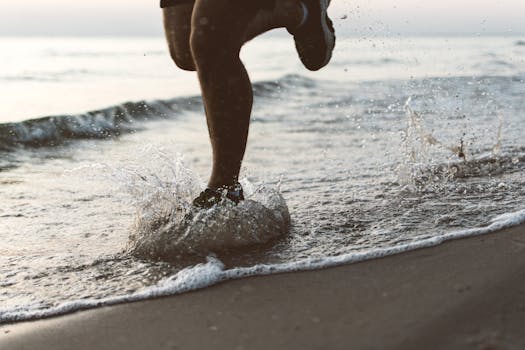
Introduction
Embarking on a training regimen is inspiring, but staying injury-free is essential for long-term progress. By prioritizing safety alongside performance, you can ensure consistent improvements and maintain your passion for fitness.
1. Warm Up Properly
A good warm-up increases blood flow to muscles and prepares your body for intense activity. Spend at least 5-10 minutes on light cardio, followed by dynamic stretches that mimic your main workout moves.
2. Listen to Your Body
If you feel pain or unusual discomfort during a workout, stop immediately. Discomfort can be a warning sign; pushing through it may lead to serious injuries.
3. Focus on Technique
- Learn the proper forms for each exercise.
- Start with lighter weights to master technique before increasing intensity.
- Seek guidance from a trainer or use reputable resources as needed.
4. Incorporate Rest and Recovery
Your muscles grow and repair during rest, not just when you exercise. Schedule rest days and get enough sleep to allow your body to recover fully.
5. Cross-Train
Mixing up your workouts reduces repetitive strain and helps develop balanced strength. Include activities like swimming, cycling, or yoga to complement your main training routine.
6. Use Proper Equipment
- Wear supportive footwear.
- Use safety gear as appropriate for your activity.
- Check equipment for damage before use.
Conclusion
Staying injury-free requires a proactive and mindful approach to training. By warming up, listening to your body, focusing on form, resting adequately, cross-training, and using proper equipment, you can train smarter, not just harder, and enjoy sustained progress.
Comments
Post a Comment